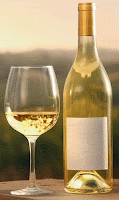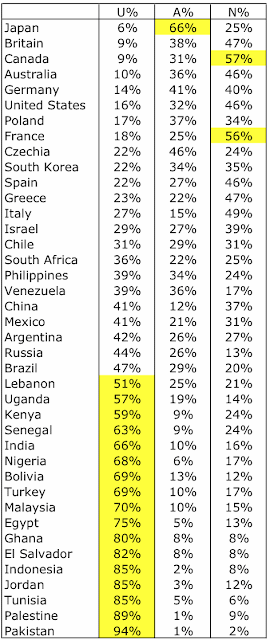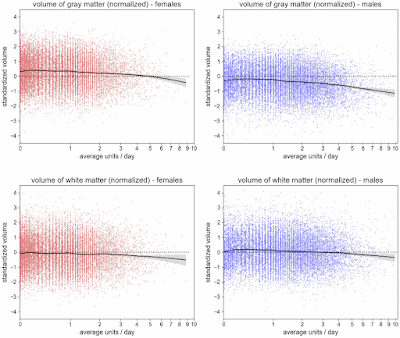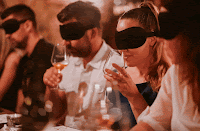Blame California’s winemakers if you like for the soaring alcohol levels in their wines, but the practice is becoming so widespread globally that finding a red wine under 14.5% alcohol is getting more difficult than finding one at or above that critical number. And white wines are not far behind.This is a topic worth looking at; and in this post I will do so with some actual data from retail wines in various wine-producing parts of the world.
Mariani answered his own question this way:
There are two principal reasons why this is happening, one natural, one engineered by winemakers. Of the former, climate change and, in particular, global warming are heating up the vineyards, causing the grapes to build up more sugar, which, when crushed at the winery, ferments into alcohol ... But in warmer viticultural regions, sufficient sugar is not a problem. Indeed, the best winemakers seek a level well below 14.5% for red wines and below 14% for whites. But that is not the rule but the exception. Taking advantage of those higher temperatures, most winemakers have allowed their wines’ sugar levels to increase, largely by letting the grapes hang on the vine longer, which also intensifies the sugar-juice content in the grapes.Deliberately creating high-alcohol wines, in this manner, apparently has its pluses and minus, as recently explained by Dan Berger; indeed, he called it: Wine's greatest enemy. The upside of higher alcohol is that the wines “are made for people who want their wines to be ‘tasty’ when young”. The downside is that the “wines are unbalanced ... Most casual American wine consumers want all wines to be enjoyable within hours of purchase and within seconds of opening. Food compatibility? It’s rarely mentioned.”
Berger points the finger specifically at California wines, but includes other U.S. wines as well. He also castigates the wine commentators:
Some wine writers love to describe wines they adore as “rich,” like many buttery Chardonnays or unctuous Cabernets. To me, the word “rich” is usually associated with higher alcohols and insufficient acids.Okay, so let's look at some data about all of this. Do U.S. wines, on average, have higher alcohol levels than those from other wine–producing countries? Yes, indeed, they do, as shown in the table here, separately for white and red wines.
The data come from the online database of the national alcohol retailer here in Sweden, called Systembolaget. I have used this data resource before, because it is an excellent source of alcohol-related information (Wine monopolies, and the availability of wine). A national retailer has a lot of wines, and they come from most places in the world; and so this is a reasonable sample of the available data.
There are data for 14,187 wines (as of 26 July 2023), with 6,375 reds and 3,960 whites (including all wines, irrespective of container type or size). However, only the top 9 countries in each case have >100 wines available for comparison, and these are the ones that appear in the table above. Clearly, most of the wines come from France and Italy. Nevertheless, in every case I calculated how many wines there were for each country with >15% alcohol (ABV) for reds and >14% for whites; and this is the last column of the table.
Clearly, the U.S.A. tops the list for both wine types, just as John Mariani and Dan Berger have discussed. Indeed, for white wines the U.S. is double the next nearest country, while for reds it is being chased by both Italy and Spain. The latter is a point also made by Mariani, that other countries seem to be following the US lead.
Therefore, the points that the two commentators both make should be taken very seriously. Is this really the future of American wine, and, by implication, possibly also elsewhere?












